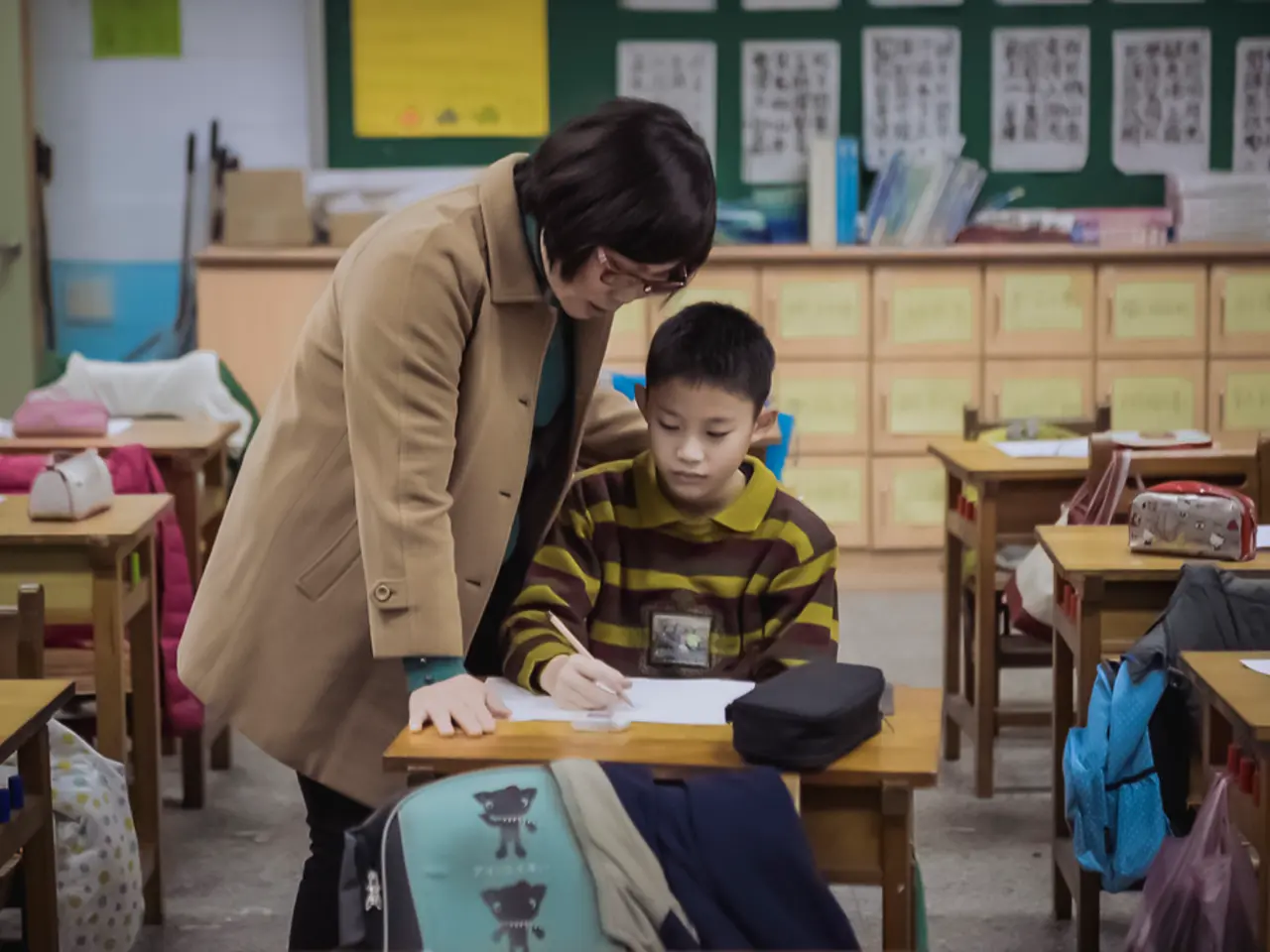Methods for Developing Homework Tasks that Foster Learning
Designing homework assignments that are both engaging and educational is a crucial aspect of secondary education. Here are some best practices to create assignments that foster critical thinking, promote active learning, and cater to diverse learning styles.
Aligning Homework with Learning Objectives
Effective homework assignments are purposeful and closely tied to learning objectives. They should be designed to foster critical thinking, problem-solving skills, and promote a deeper understanding of the subject matter.
Formative and Summative Assessments
Formative assessments, ongoing evaluations that provide feedback to improve student learning, are essential. Summative assessments, which evaluate student learning at the end of an instructional unit, help teachers identify areas where additional instruction may be needed.
Offering Choices and Encouraging Engagement
Providing choices in assignments can significantly increase student engagement and motivation. Offering a variety of tasks allows students to explore concepts independently and deepen their understanding of the subject matter.
Incorporating Technology
Incorporating technology in homework assignments can significantly enhance student engagement and learning outcomes. Digital tools, like educational videos, articles, and practice exercises, empower learners to explore concepts independently and retain subject matter more effectively.
Promoting Self-Reflection
Incorporating self-reflection is another method for promoting ownership of learning. This encourages students to think about their own learning processes and identify areas for improvement.
Engaging Parents
Engaging parents in discussions about homework goals facilitates a collaborative relationship. This collaboration can help students stay on track with their assignments and understand the importance of their education.
Balancing Homework Load
Balancing homework load is essential. Assignments should be manageable and appropriate for students at various levels of comprehension and capability. Overloading can be counterproductive and should be avoided.
Soliciting Student Feedback
Soliciting feedback from students can identify areas for improvement, ensuring that homework remains a valuable component of secondary education. Periodic reviews of homework effectiveness can inform future assignment design.
Promoting Independent Learning
Promoting independent learning encourages students to take charge of their own educational journey, fostering critical thinking, self-discipline, and problem-solving skills. Providing guidelines on how parents can assist their children with assignments enhances the educational process.
Differentiation through Multiple Intelligences
Designing assignments that tap into varied intelligences (e.g., logical-mathematical, spatial, naturalistic) allows students to engage according to their strengths and interests, improving academic performance and collaboration.
Active, Inquiry, and Project-Based Learning
Homework should encourage students to actively construct knowledge rather than passively complete tasks. Assignments based on inquiry or projects foster critical thinking, creativity, and ownership of learning.
Use of Technology and AI Tools
Integrating AI can promote metacognitive skills by having students analyze prompts, generate outlines, or reflect on their learning processes. This supports deeper understanding of assignments and ethical use of tools.
Clear Instructions and Procedures
Provide explicit guidance on how to approach assignments, share materials, and manage time. This clarity improves student responsibility and reduces frustration.
Constructive Feedback
Constructive feedback involves providing students with specific, actionable insights on their homework performance, focusing on both strengths and areas for improvement. Clear and precise feedback is essential when delivering constructive feedback.
In summary, effective homework for secondary students blends differentiated, relevant tasks with active learning strategies, encourages reflection, and is mindful of students' time and well-being. This approach supports both cognitive and social skill development crucial at this education level.
Communication with parents and guardians is vital for creating effective homework assignments. Homework in secondary education serves as an extension of classroom learning, reinforcing academic concepts outside of direct instruction. Providing constructive feedback through tools like comment features in shared documents or dedicated educational apps facilitates ongoing communication.
eLearning can be leveraged as an effective instructional strategy for secondary education, integrating engaging digital tools to reinforce learning objectives and promote personal growth.
In a collaborative relationship, involving parents in discussions about the homework objectives and tracking their children's progress aligns well with the education-and-self-development emphasis in modern learning.




